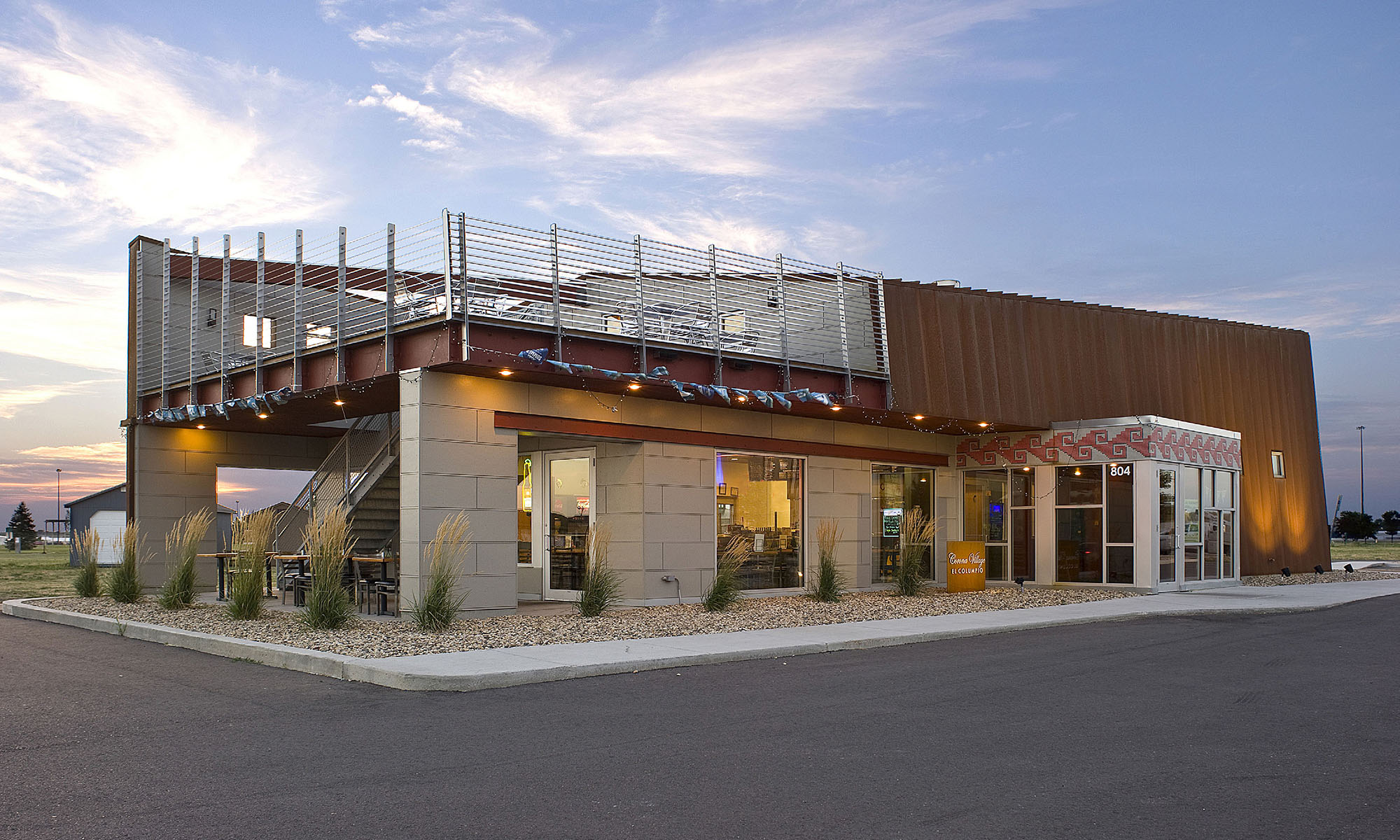No, not the “wealthy” kind of patron…
In my family, the month of November kicks off with the Solemnity of All Saints (for which most folks go out the evening before on All Hallows Eve – which you might know better as Halloween). It is a great lead-in to the end of the liturgical year, as Advent is soon approaching. Just before the end of the liturgical year, a special feast day is celebrated – that of St. Bernward of Hildesheim. I’ve written about him before on this blog, as a somewhat esoteric patron saint of architects.
However, there are many other patron saints of the trade. For some fun reading, below is a brief background on a few and their unique relationship to architecture and the building arts.
St. Thomas

Feast Day: July 3rd
St. Thomas, well known as one of the Twelve Apostles in Christian tradition (doubting Thomas, the first to proclaim the true divinity of Christ), is the most “well-known” patron saint of architects, builders, and constructors. This patronage apparently comes from being a skilled carpenter and, when going out into the world to proclaim the Gospel after the Ascension, St. Thomas traveled as far as India, where he was asked by the king there to build a palace. He instead spent the money on charity instead and, as could be expected, was put in prison.
St. Barbara

Feast Day: December 4th
St. Barbara is often featured with miniature chains and a tower. She is more-so known as the patron saint for artillery persons, miners, and those who work with explosives due to a legend where she is associated with lighting, but her assigned patronage of architects comes from the imagery of the tower. St. Barbara was the daughter of a rich pagan that wanted to keep her locked in a tower to preserve her from the world. Her father had a private bath house/tower constructed for her, and while he was away during its construction, St. Barbara had a third window added to represent the Holy Trinity, instead of the original two intended, for she was secretly a Christian. Upon her father’s return, she revealed she was a Christian and her father sought to kill her. However, a miraculous portal appeared and transported her away. Eventually she was captured and beheaded at the direction of her father, but he was subsequently struck by lighting (the aforementioned legend associated with lighting).
St. Benedict

Feast Day: July 11th
Many a google search will eventually come up with some reference to St. Benedict of Nursia as having a patronage of architects. However, there is little in his story that ties itself specifically to the practice of architecture or building design. The guy lived in a cave, for crying out loud! He also wrote much about humility, which architects are notoriously terrible at. Perhaps there is some general confusion between him and other “St. Benedicts,” like St. Benedict Biscop, who is more-so known for introducing the building of stone churches and art of glass window making to England. That said, a number of year’s ago in Architect Magazine, Ned Cramer provided a link with good design thinking and with St. Benedict’s (of Nursia) highly ordered “Rule” that formed the basis of monastic life from essentially medieval times onward. It makes for some additional good design reading, at the link below, as Cramer outlines how it can inform our practice of architecture today. Perhaps that is where the patronage comes from?
https://www.architectmagazine.com/design/editorial/design-thinking-from-the-fifth-century_o
St. Benedict, pray for us!

Chase Kramer, AIA, is the Director of Design for TSP Inc. in Sioux Falls. He received his M.Arch from ISU where he focused on urban design and sustainability. Before that, he received a degree in Art from Augustana University. He lives in Sioux Falls with his wife and four children. Beyond Architecture, he is an AI early adopter, musician, art lover, and fan of cheese and beer.



Thanks, Chase. Most architects welcome a saint on their shoulder.